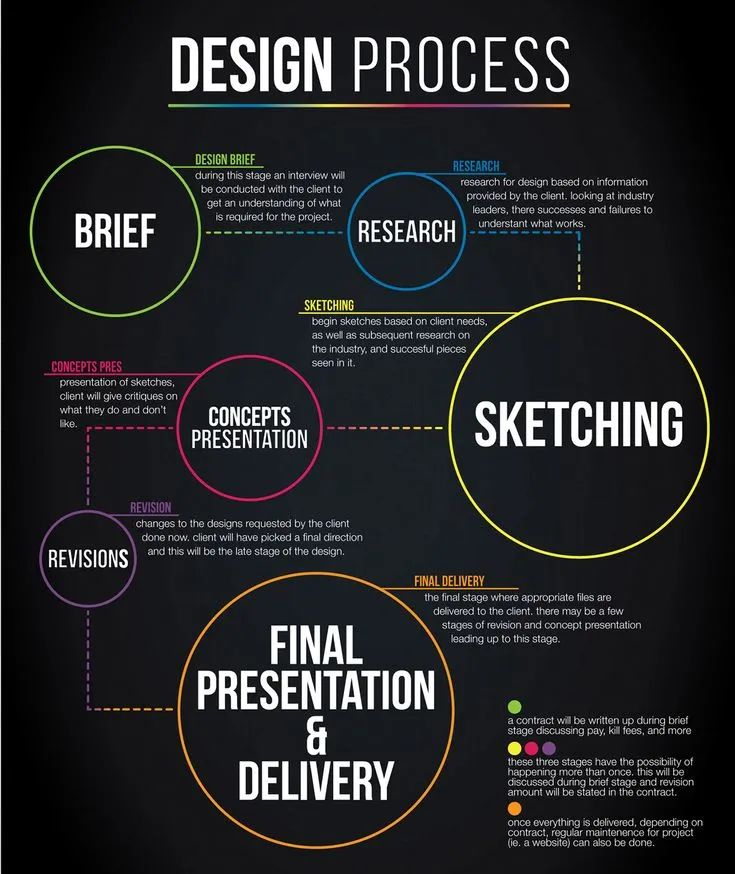I almost overlooked him—because he wasn’t loud, busy, or chasing praise.✍🏽
But what he built changed how I lead forever.
"I choose a lazy person to do a hard job. Because a lazy person will find an easy way to do it." — Bill Gates
Sounds strange, right?
But let me tell you a story that changed the way I lead, hire, and even show up as a professional.
A few years ago, my team was managing a large-scale operational overhaul for a regional firm.
Think: data flowing in from multiple departments—HR, operations, finance, procurement—and our goal was to centralize reporting without disrupting workflows.
We had project managers mapping timelines, analysts cleaning spreadsheets manually, and department heads burning out over miscommunication.
We were knee-deep in "busy."
Then came Terry.
He was a quiet junior analyst.
Frankly, some saw him as "lazy."
He didn’t volunteer for extra shifts.
He never rushed.
And when everyone was running in circles, he sat calmly at his desk.
One evening, I noticed he wasn’t inputting data—he was writing code.
So I asked him, "What are you doing?"
He replied, "Building something that will stop all of us from doing the same thing over and over again."
Terry built a tool in two days—a simple dashboard
—that automated the entire data integration process across departments.
A 3-week manual process was reduced to 4 minutes.
People who called him "lazy" suddenly saw him in a new light.
But the real shocker?
He said, "I just hate wasting energy. So I solve the problem once."
"Don’t work harder than the problem deserves." – Shane Parrish
That hit me.
In Tech, he’d be called a systems thinker.
In HR, he’s a culture shift waiting to happen.
In Energy, he’s reducing operational fatigue.
In Finance, he’s minimizing labor hours and maximizing efficiency.
In Oil & Gas, he’s the quiet innovator who prevents million-dollar downtime.
Too often, we celebrate effort over impact. Motion over meaning.
"Simplicity is the ultimate sophistication." — Leonardo da Vinci
But business today—no matter your industry—doesn’t just need hard work. It needs clarity, creativity, and courage to break the mold.
So here’s my invitation to you, especially if you're leading a team or shaping your personal brand:
What if your value isn’t in how hard you work,
but in how deeply you think, and how clearly you solve?
Maybe it’s time we stop just filling roles—and start telling the right stories about the people who shift results.
And if that’s a conversation you’re ready for—about how your brand, leadership, or voice can reflect that kind of impact—I’d love to help.
No fluff.
No pressure.
Just clarity that moves things forward.
Let’s connect.
"Work smart, not just hard." — Allen F. Morgenstern
Agree?
But what he built changed how I lead forever.
"I choose a lazy person to do a hard job. Because a lazy person will find an easy way to do it." — Bill Gates
Sounds strange, right?
But let me tell you a story that changed the way I lead, hire, and even show up as a professional.
A few years ago, my team was managing a large-scale operational overhaul for a regional firm.
Think: data flowing in from multiple departments—HR, operations, finance, procurement—and our goal was to centralize reporting without disrupting workflows.
We had project managers mapping timelines, analysts cleaning spreadsheets manually, and department heads burning out over miscommunication.
We were knee-deep in "busy."
Then came Terry.
He was a quiet junior analyst.
Frankly, some saw him as "lazy."
He didn’t volunteer for extra shifts.
He never rushed.
And when everyone was running in circles, he sat calmly at his desk.
One evening, I noticed he wasn’t inputting data—he was writing code.
So I asked him, "What are you doing?"
He replied, "Building something that will stop all of us from doing the same thing over and over again."
Terry built a tool in two days—a simple dashboard
—that automated the entire data integration process across departments.
A 3-week manual process was reduced to 4 minutes.
People who called him "lazy" suddenly saw him in a new light.
But the real shocker?
He said, "I just hate wasting energy. So I solve the problem once."
"Don’t work harder than the problem deserves." – Shane Parrish
That hit me.
In Tech, he’d be called a systems thinker.
In HR, he’s a culture shift waiting to happen.
In Energy, he’s reducing operational fatigue.
In Finance, he’s minimizing labor hours and maximizing efficiency.
In Oil & Gas, he’s the quiet innovator who prevents million-dollar downtime.
Too often, we celebrate effort over impact. Motion over meaning.
"Simplicity is the ultimate sophistication." — Leonardo da Vinci
But business today—no matter your industry—doesn’t just need hard work. It needs clarity, creativity, and courage to break the mold.
So here’s my invitation to you, especially if you're leading a team or shaping your personal brand:
What if your value isn’t in how hard you work,
but in how deeply you think, and how clearly you solve?
Maybe it’s time we stop just filling roles—and start telling the right stories about the people who shift results.
And if that’s a conversation you’re ready for—about how your brand, leadership, or voice can reflect that kind of impact—I’d love to help.
No fluff.
No pressure.
Just clarity that moves things forward.
Let’s connect.
"Work smart, not just hard." — Allen F. Morgenstern
Agree?
💭 🌟 I almost overlooked him—because he wasn’t loud, busy, or chasing praise.✍🏽💥💬🛋️
➡️ But what he built changed how I lead forever.
"I choose a lazy person to do a hard job. Because a lazy person will find an easy way to do it." — Bill Gates
Sounds strange, right?
But let me tell you a story that changed the way I lead, hire, and even show up as a professional.
A few years ago, my team was managing a large-scale operational overhaul for a regional firm.
Think: data flowing in from multiple departments—HR, operations, finance, procurement—and our goal was to centralize reporting without disrupting workflows.
We had project managers mapping timelines, analysts cleaning spreadsheets manually, and department heads burning out over miscommunication.
We were knee-deep in "busy."
Then came Terry.
He was a quiet junior analyst.
Frankly, some saw him as "lazy."
He didn’t volunteer for extra shifts.
He never rushed.
And when everyone was running in circles, he sat calmly at his desk.
One evening, I noticed he wasn’t inputting data—he was writing code.
So I asked him, "What are you doing?"
He replied, "Building something that will stop all of us from doing the same thing over and over again."
Terry built a tool in two days—a simple dashboard
—that automated the entire data integration process across departments.
A 3-week manual process was reduced to 4 minutes.
People who called him "lazy" suddenly saw him in a new light.
But the real shocker?
He said, "I just hate wasting energy. So I solve the problem once."
"Don’t work harder than the problem deserves." – Shane Parrish
That hit me.
🎯 In Tech, he’d be called a systems thinker.
🎯 In HR, he’s a culture shift waiting to happen.
🎯 In Energy, he’s reducing operational fatigue.
🎯 In Finance, he’s minimizing labor hours and maximizing efficiency.
🎯 In Oil & Gas, he’s the quiet innovator who prevents million-dollar downtime.
Too often, we celebrate effort over impact. Motion over meaning.
"Simplicity is the ultimate sophistication." — Leonardo da Vinci
But business today—no matter your industry—doesn’t just need hard work. It needs clarity, creativity, and courage to break the mold.
💬 So here’s my invitation to you, especially if you're leading a team or shaping your personal brand:
What if your value isn’t in how hard you work,
but in how deeply you think, and how clearly you solve?
Maybe it’s time we stop just filling roles—and start telling the right stories about the people who shift results.
And if that’s a conversation you’re ready for—about how your brand, leadership, or voice can reflect that kind of impact—I’d love to help.
No fluff.
No pressure.
Just clarity that moves things forward.✨
Let’s connect.🌟
"Work smart, not just hard." — Allen F. Morgenstern
Agree?
0 Commentarii
0 Distribuiri
896 Views
0 previzualizare








